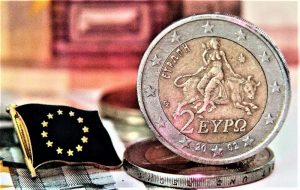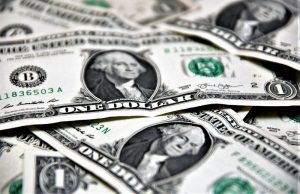Monetary policy
Monetary policy is the policy that consists of actions that take place in a central bank, currency board or other regulatory committee that determines the size and growth rate of the monetary supply, which in turn affects interest rates. It is maintained through actions such as the modification of the interest rate, the purchase or sale of government bonds and the change in the amount of money that banks must keep in the vault or bank reserves.
What is monetary policy?
It is an area within economic policy that is handled by central banks and which influences monetary and financial variables to achieve certain objectives.
Monetary policy is how central banks manage liquidity to create economic growth. Liquidity is what amount is in the money supply. That includes credit, cash, checks and money market mutual funds. The most important of these is credit and includes loans, bonds and mortgages.
About monetary policy
Monetary policy consists of a series of processes exercised by the central bank or by the monetary authority of a determined country with the objective of achieving a set of goals that are oriented towards the growth and stability of the economy.
What is it for?
Monetary policy serves to:
- To give stability to a country’s money.
- Try to generate as many jobs as possible.
- To avoid the possible permanent imbalances in the balance of payment.
- Vary interest
Instruments
The main instrument for regulating monetary policy is the central bank, which is responsible for controlling the total amount of money in circulation.
Open market operations are also an instrument used to inject liquidity into different credit institutions over a certain period of time in order for them to deliver a financial asset. They are important for controlling the amount of money and interest rates.
Marginal standing facilities are responsible for providing liquidity to credit institutions at a cost higher than the reference rate.
The manipulation of the legal coefficient of the bank.
Types of monetary policy
There are several types of monetary policy, among which we mention:
- Expansive monetary policy: This type of policy occurs when there is little money circulating in the market so, an expansive policy to increase this amount of money is possible to apply. This is done through the reduction of interest rates in order to give more interest to bank loans, the reduction of the cash coefficient so that banks can make more loans and purchase the public debt in order to bring money to the market.
- Restrictive monetary policy: This type of policy occurs when in the market we find an excess of money circulating and then look for ways to reduce the amount of money. You can increase interest rates, increase the coefficient of the cash to get more money in the bank and less in circulation and you can sell the public debt.
- Contractive monetary policy: It is very useful to cool the economy and thus keep inflation under control. It is a set of actions that are aimed at reducing a country’s money supply. Inflation increases the prices of goods and services through the economy and reduces the purchasing power of money.
Transmission mechanisms
The transmission mechanisms of the monetary policy are the set of channels through which a determined measure is adopted by the authorities which forms the desired effect on the variables of the last stage.
The analysis of the transmission mechanism has been perfected mainly for the case of the monetary policy and is in charge of collecting the effects that come from the differentiation in the interest rate and that generate a change in the inflation rate and income.
Monetary policy influences the levels of activity that occur in the short term and the rate of inflation that can occur in the short and long term in two main ways:
- If the central bank has sufficient credibility in its monetary policy objectives, it can influence long-term inflation expectations. Expectations depend less on past or current inflation, but more on the target that has been set by the central bank.
- Changes in the intervention rate influence inflation and its evolution.
Aims and objectives
The main objective of the monetary policy is to achieve and maintain a low and stable inflation rate, and to achieve at the same time that the product can grow around its long-term trend.
Importance of the monetary policy
Monetary policy is important because it has the responsibility to control disproportionate inflation of a country’s products and services. It ensures that there is no deflation in products.
Examples
- Monetary policy in Chile: The main objectives of the Central Bank in Chile are to control money; interest rates and different credit conditions The instruments of monetary policy in Chile are primarily open market operations, monetary reserves and discount rates.
- Monetary policy in Mexico: Its actions are carried out by the Bank of Mexico, which directly influences the different interest rates and inflationary expectations of the public, which makes prices congruent with the objective of keeping inflation low and stable.
- Monetary policy in Argentina: The Central Bank of Argentina implements its monetary policy in order to comply with the constitution and focuses on the mandate of monetary stability that generates price stability and a drop-in inflation.
How to cite this article?
Briceño V., Gabriela. (2019). Monetary policy. Recovered on 23 February, 2024, de Euston96: https://www.euston96.com/en/monetary-policy/










